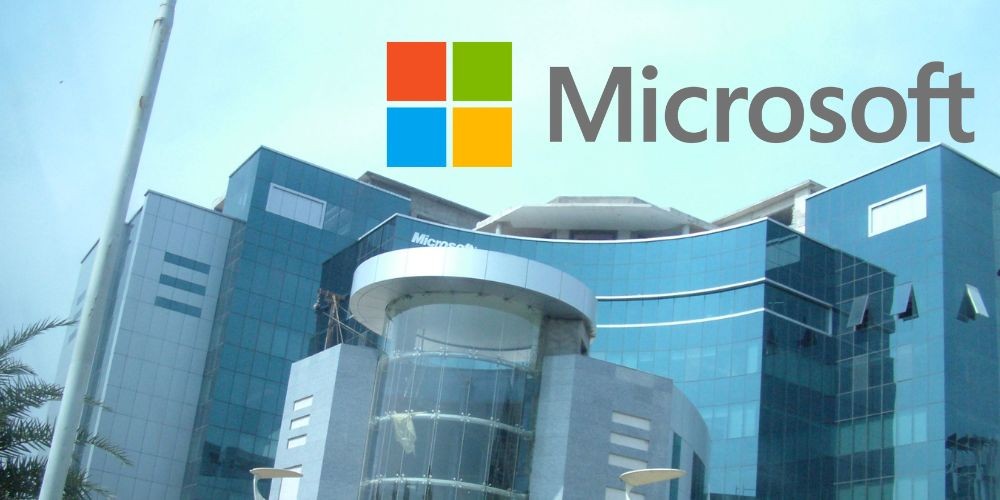Microsoft's Patent Revolutionizing Ray Tracing Could Transform Gaming Graphics
- Mar 26, 2024
- 875

The gaming world is perpetually in pursuit of more lifelike graphics and seamless gameplay. Microsoft's research division is charting new territory in this quest with a novel patent aimed at enhancing ray tracing efficiency. At the heart of this advancement lies the technique of optimizing the memory and cache demands of Bounding Volume Hierarchies (BVHs), vital components in the ray tracing arsenal. This groundbreaking method could potentially benefit Microsoft's Xbox consoles by significantly improving graphical fidelity while maintaining performance.
The concept laid out in the patent is akin to employing a technique similar to the Level of Detail (LOD) used for textures in graphics. Imagine a graph that hierarchically organizes the spatial representation of 3D objects, effectively simplifying the ray tracing process. The patent outlines diminishing the memory footprint by deploying these structures incrementally, thus slashing the VRAM’s workload. Mark Grossman, a senior architect at Microsoft, is the genius behind this innovation. With a luminous track record in GPU design and development, Grossman proposes a system where only portions of the BVH needed for rendering the current scene are stored and updated, dramatically enhancing efficiency.
Microsoft's technology doesn't halt with benefiting their own platforms; it marches forward to potentially uplift AMD's historically ray tracing-challenged GPUs, as well as graphics cards with limited VRAM capacity. Given the memory constraints of common gaming consoles and PCs, this potential leap in ray tracing efficiency is nothing short of transformative for the average gamer. Far-reaching in its applications, this advancement could bridge the gap between high-end, expensive gaming rigs and the more widespread, affordable ones, democratizing access to stunning, realistic graphics.
Delving deeper into the workings, the patent describes how BVH structures are used in a game environment. Rather than leaning on the entire structure, small, pertinent chunks pertaining to the current frame are utilized. These critical segments, or nodes, are cataloged within two significant lists in the GPU memory, paring down the necessary VRAM usage. As a result, the GPU’s burden is lightened, enabling it to deliver rich, detailed environments even when VRAM is at a premium.
In conclusion, Microsoft's patent unlocks the door to new realms of graphical possibilities for gamers and developers alike. This innovative approach to ray tracing not only stands to enrich gaming experiences on Microsoft's Xbox consoles, but it also harbors the potential to invigorate AMD’s GPUs, heralding a new age where enhanced visuals are not just the preserve of high-end gaming stations. If effectively implemented, this could herald a future where next-generation graphics become a shared experience across a wider spectrum of devices, bringing closer a world where every gamer can savor the full splendor of virtual realms in their most radiant light.